The streets of Brazil come alive with an explosion of color, music, and the irresistible aroma of sizzling meat during Carnival season. While the world knows Rio's Carnival for its dazzling parades and elaborate costumes, there's another side to the festivities that often gets overlooked—the mouthwatering tradition of Carnival barbecues. These aren't your average backyard cookouts; they're massive, days-long feasts where communities bond over fire, food, and festivity.
The Heartbeat of Carnival Cuisine
Walk through any neighborhood during Carnival, and you'll hear the distinctive crackle of fat dripping onto hot charcoal long before you see the source. Makeshift grills appear on street corners, in front of bars, and even between parade floats. The air fills with the scent of picanha (Brazil's prized cut of beef), linguiça sausages, and frango (chicken legs rubbed with coarse salt). This is churrasco culture at its most vibrant—where cooking becomes performance art and every skewer tells a story.
What makes Carnival barbecues special isn't just the quality of meat—though Brazil's grass-fed beef deserves its global reputation—but the way grilling becomes woven into the celebration's rhythm. Drummers pause to flip skewers. Dancers fuel their all-night revelry with protein-packed bites. Street vendors balance trays of meat while weaving through samba lines. The barbecue doesn't accompany the party; it physically and culturally feeds it.
A Symphony of Smoke and Spice
Brazilian Carnival barbecues follow an unspoken code perfected over generations. The meat gets minimal seasoning—often just coarse salt—to let the quality shine. Unlike American BBQ's slow-smoked complexity or Argentine asado's wine-based marinades, Brazilian churrasco celebrates simplicity. Wood charcoal (never gas) provides the heat, while the occasional brush of garlic-infused oil adds depth. The real magic happens in the timing; experienced churrasqueiros know exactly when to pull each cut from the flames for ideal doneness.
The variety would overwhelm any butcher: tender cupim (hump steak), juicy alcatra (top sirloin), spiral-cut coração de frango (chicken hearts on skewers). Pork gets its due too, especially costela (ribs slow-cooked upright like a meaty Stonehenge). Side dishes stay humble—maybe some farofa (toasted cassava flour) or vinaigrette salsa—because the meat deserves center stage. And when the skewers emerge from the flames, they're often served directly onto waiting plates or even slices of crusty bread to soak up the juices.
Where Every Grill Tells a Story
In Rio's favelas, Carnival barbecues take on profound cultural significance. Community grills operate as democratic spaces where lawyers and laborers stand shoulder-to-shoulder, all equal before the flames. Local grilling crews—some dating back decades—become sources of neighborhood pride. The Velhos Carnavaleiros group in Madureira, for instance, has been slow-roasting ribs for Carnival crowds since 1978, their secret rub passing through three generations.
Meanwhile, in Salvador's Afro-Brazilian communities, barbecue traditions intertwine with Candomblé religious practices. Certain meats get prepared as offerings before hitting the grill. The act of communal eating takes on spiritual dimensions, reflecting West African roots. Even the wood choices carry meaning—fragrant araçá wood might flavor meat during sacred festivals, while everyday grills use eucalyptus charcoal.
The Underground Grill Masters
Carnival's most legendary barbecues often happen far from tourist zones. In São Paulo's industrial outskirts, warehouse workers transform loading docks into grilling arenas using repurposed oil drums. The Churrasco da Meia-Noite (Midnight Barbecue) tradition sees shift workers fueling all-night dance parties with impromptu meat feasts. These blue-collar grill masters judge doneness by touch alone, their fingertips calloused from years tending flames.
Down in Porto Alegre, the galpão crioulo style takes over—whole steers roasted over open pits, a gaucho tradition scaled for Carnival crowds. The meat gets basted with brine-soaked cloths, creating a crust that locks in juices. It's not unusual for these gatherings to feed 500 people from a single animal, with children getting first dibs on the crispy cupim hump meat considered a delicacy.
When the Embers Cool
As Carnival reaches its crescendo on Fat Tuesday, the barbecue scenes grow even more intense. Grill teams work in shifts to feed dancing hordes. Supermarkets report selling 300% more charcoal in Carnival week. Environmental debates flare up too—some neighborhoods have switched to eco-briquettes made from coconut shells to reduce deforestation impacts.
Then comes Ash Wednesday. The grills cool. The last meaty bones get tossed to stray dogs. But the spirit lives on—in the scent of smoke clinging to costumes, in the shared memories of perfect bites enjoyed mid-samba, in the knowledge that next year's coals will ignite again. Because in Brazil, Carnival may last four days, but the art of churrasco endures forever.
The true genius of Brazil's Carnival barbecues lies in their seamless fusion of sustenance and spectacle. This isn't food served on the sidelines of celebration—it's fuel for the dancers, wages for the grill masters, and communion for communities. Every seared edge tells a story of tradition, every juicy bite carries the rhythm of samba. As the world admires Rio's glittering parades, the real cultural heartbeat might just be the steady crackle of meat meeting flame on a thousand street corners across Brazil.

By Laura Wilson/May 10, 2025
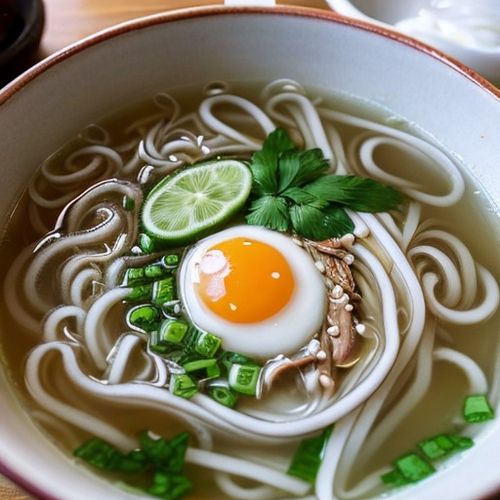
By Christopher Harris/May 10, 2025

By Samuel Cooper/May 10, 2025
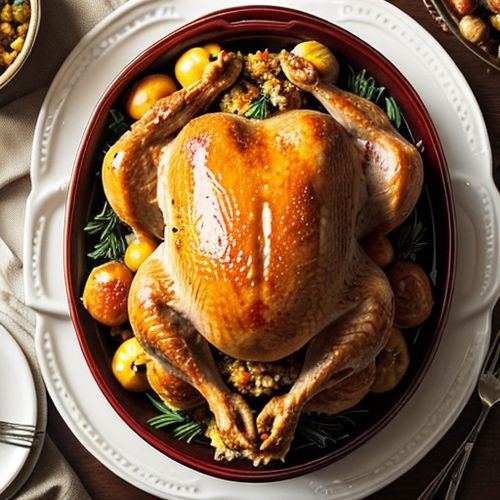
By Megan Clark/May 10, 2025
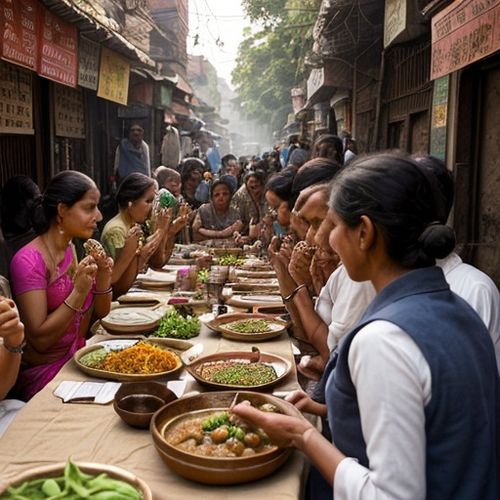
By Olivia Reed/May 10, 2025
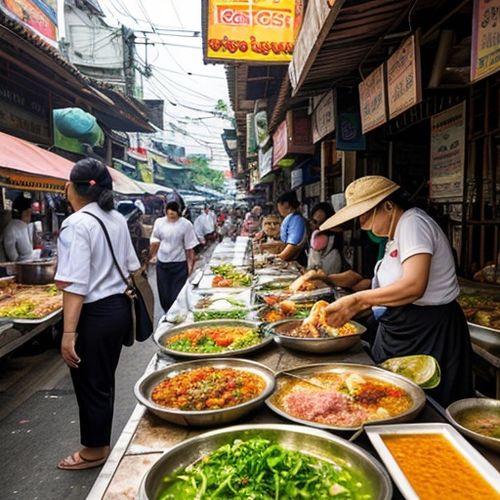
By Natalie Campbell/May 10, 2025
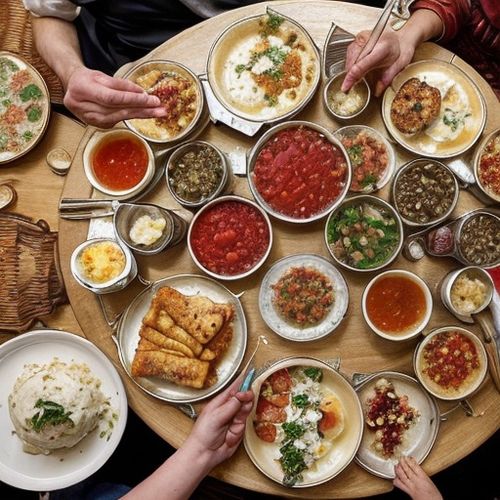
By Sophia Lewis/May 10, 2025
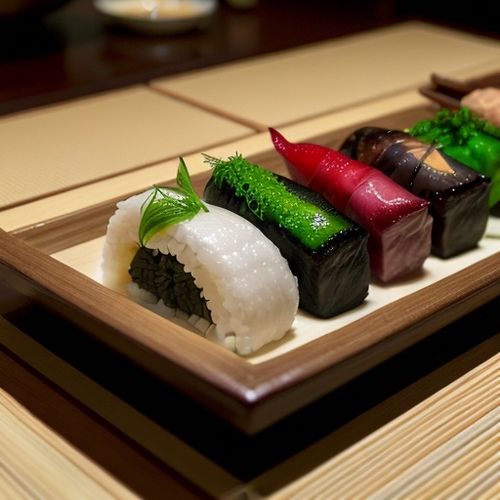
By George Bailey/May 10, 2025
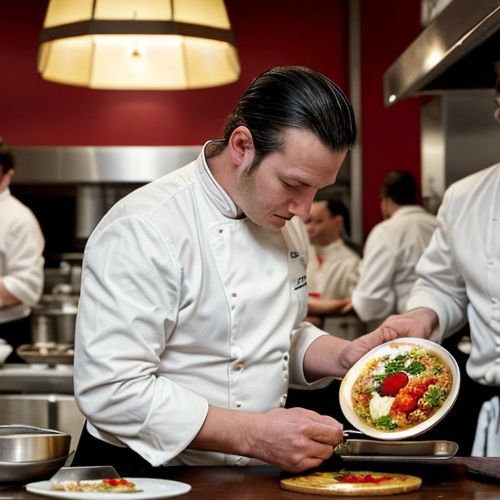
By Eric Ward/May 10, 2025
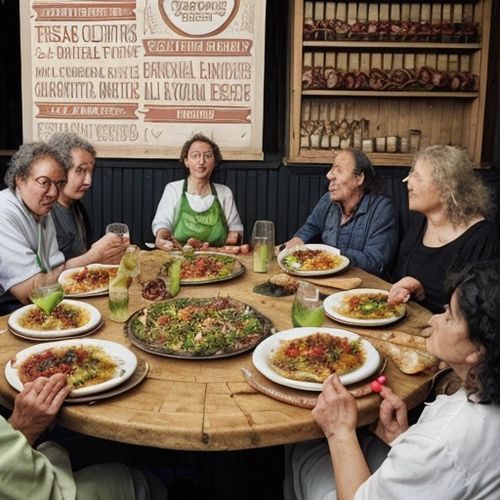
By Daniel Scott/May 10, 2025

By George Bailey/May 10, 2025
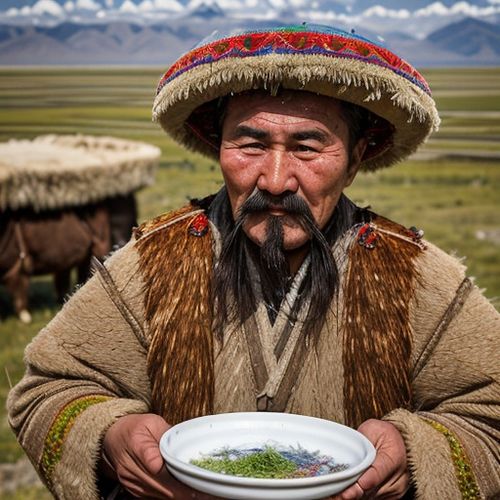
By Elizabeth Taylor/May 10, 2025
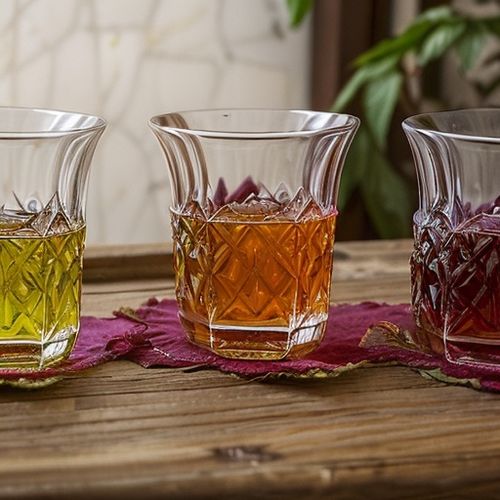
By Natalie Campbell/May 10, 2025
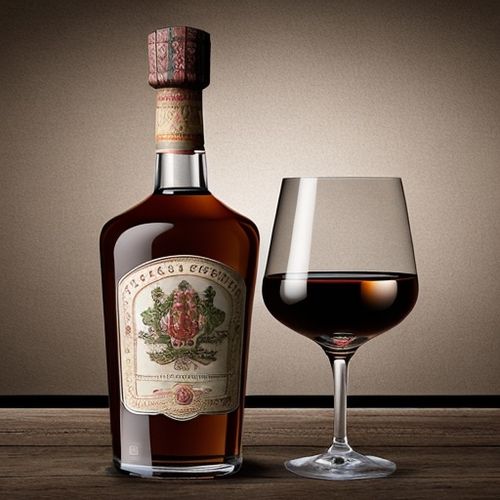
By Emily Johnson/May 10, 2025
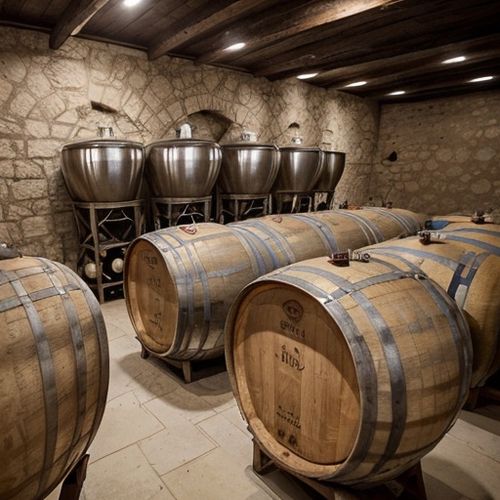
By Elizabeth Taylor/May 10, 2025
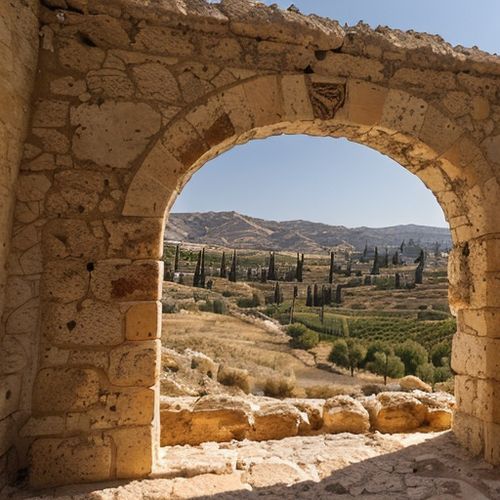
By Thomas Roberts/May 10, 2025

By Christopher Harris/May 10, 2025
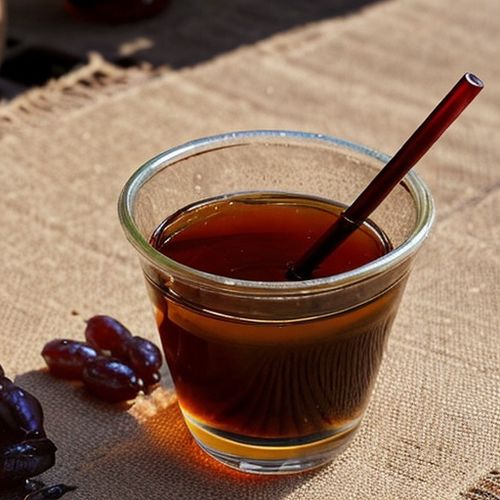
By Megan Clark/May 10, 2025
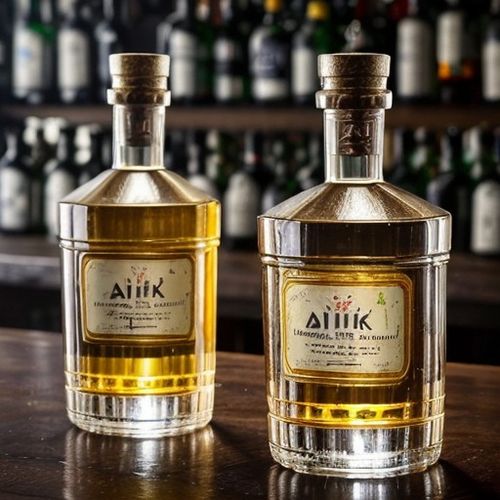
By Samuel Cooper/May 10, 2025
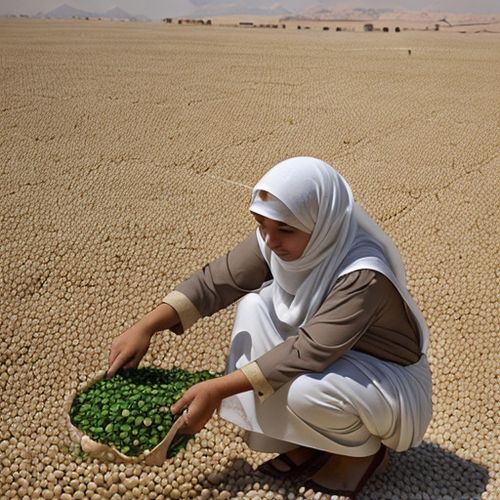
By James Moore/May 10, 2025